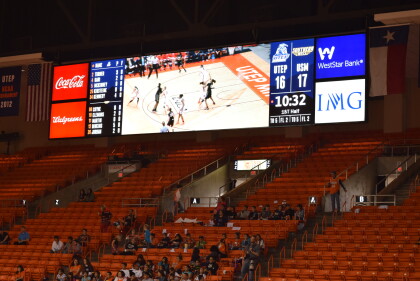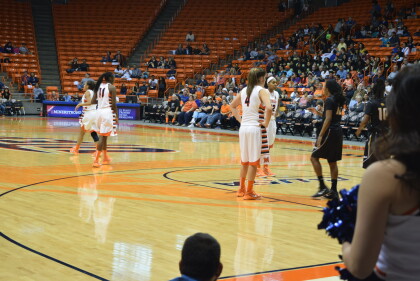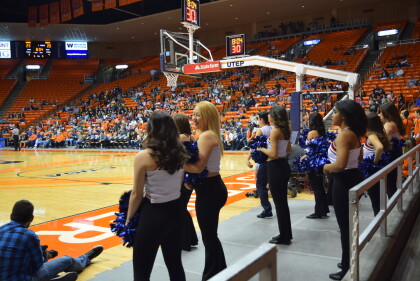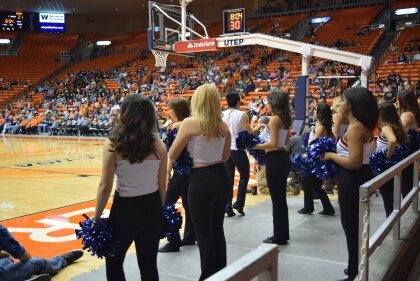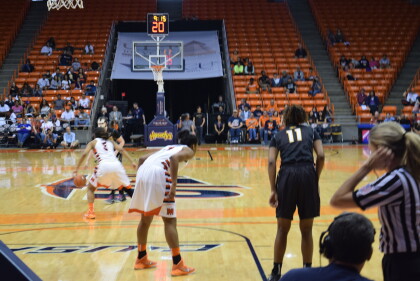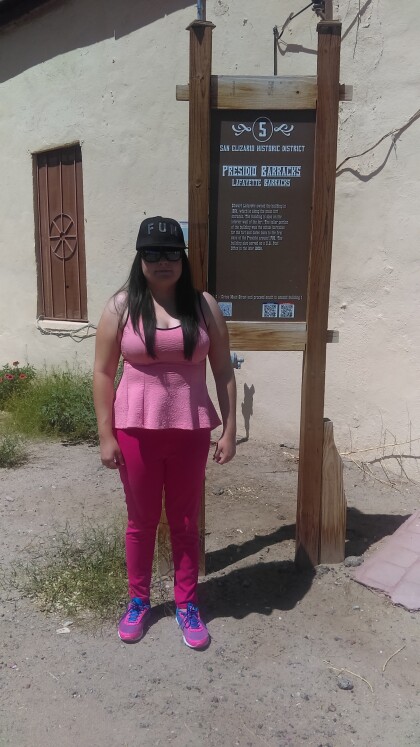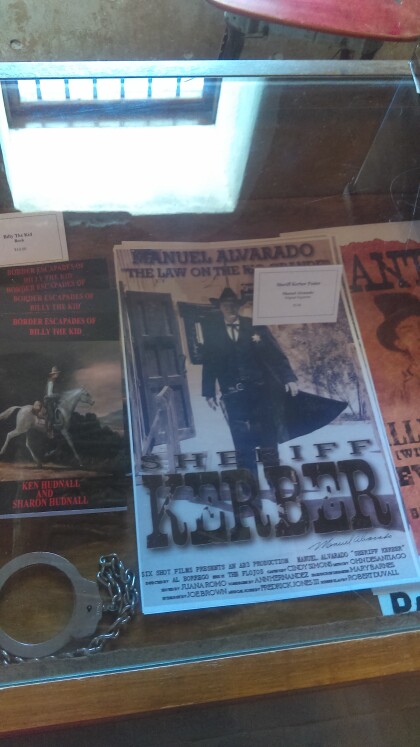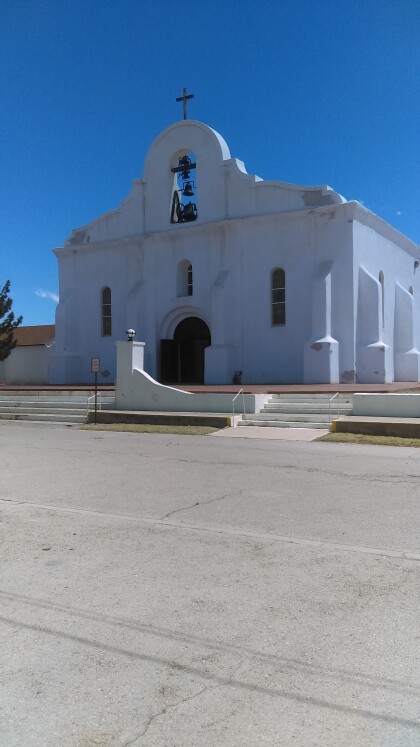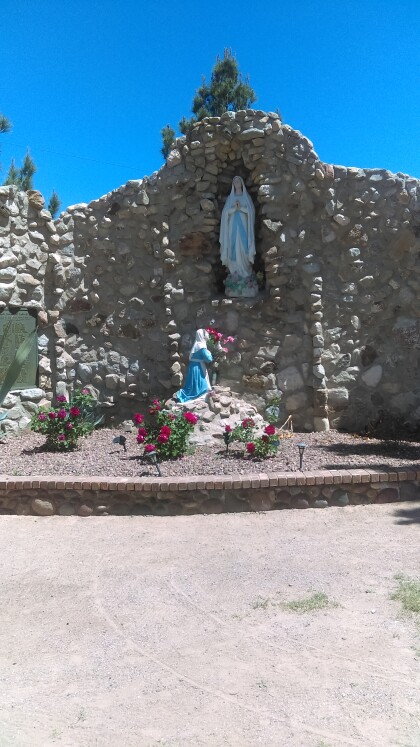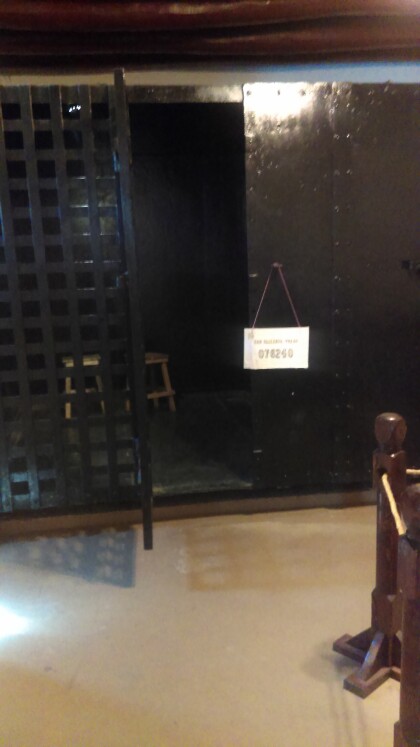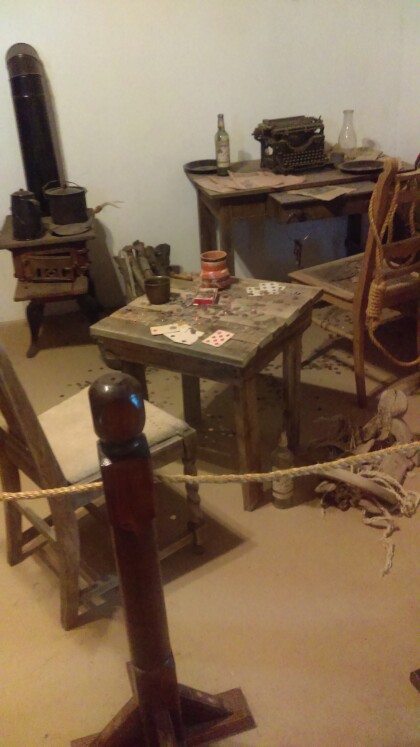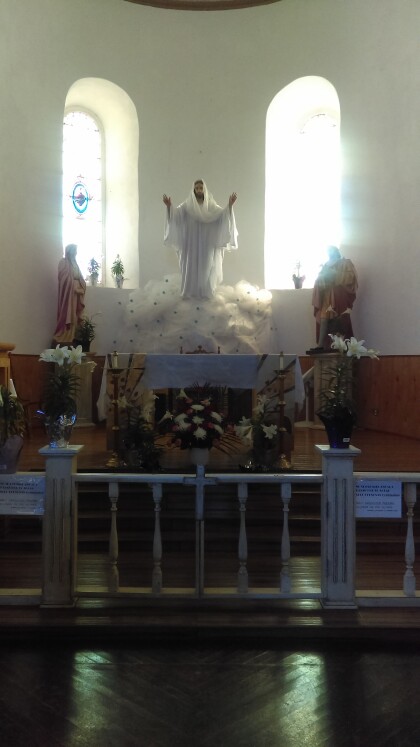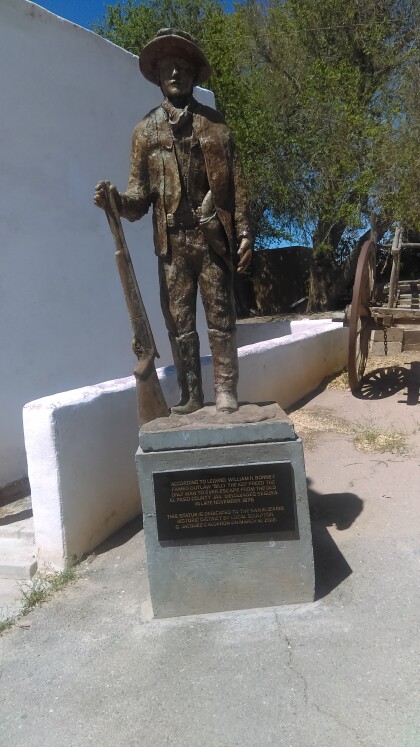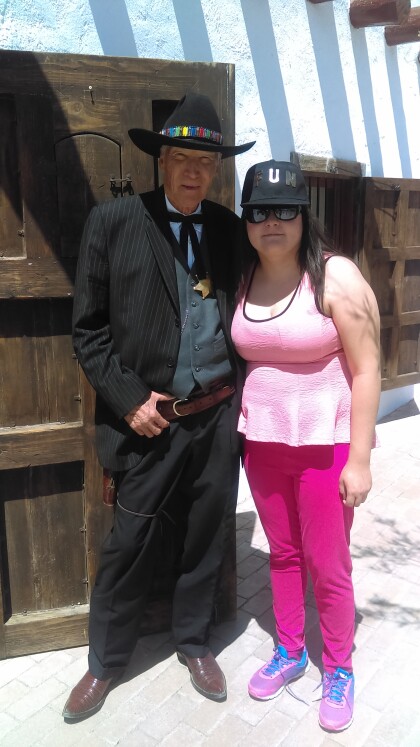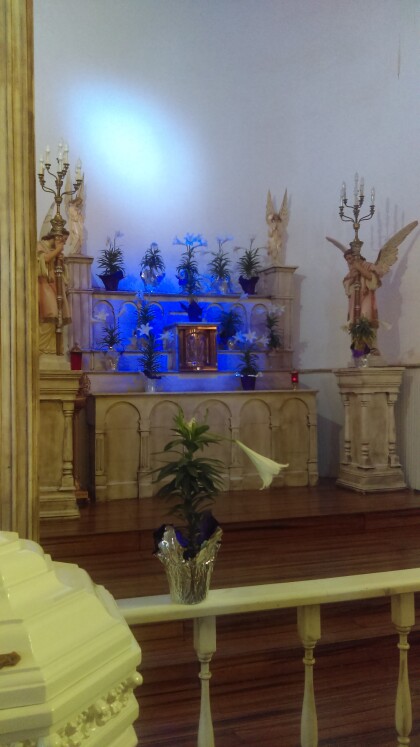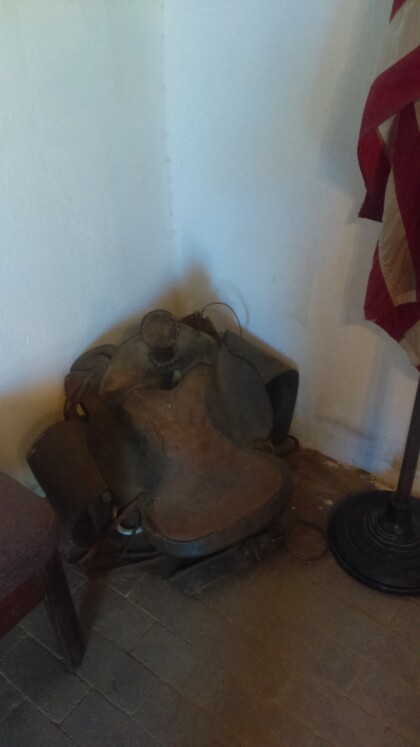concordia cementery 5
concordia cementery
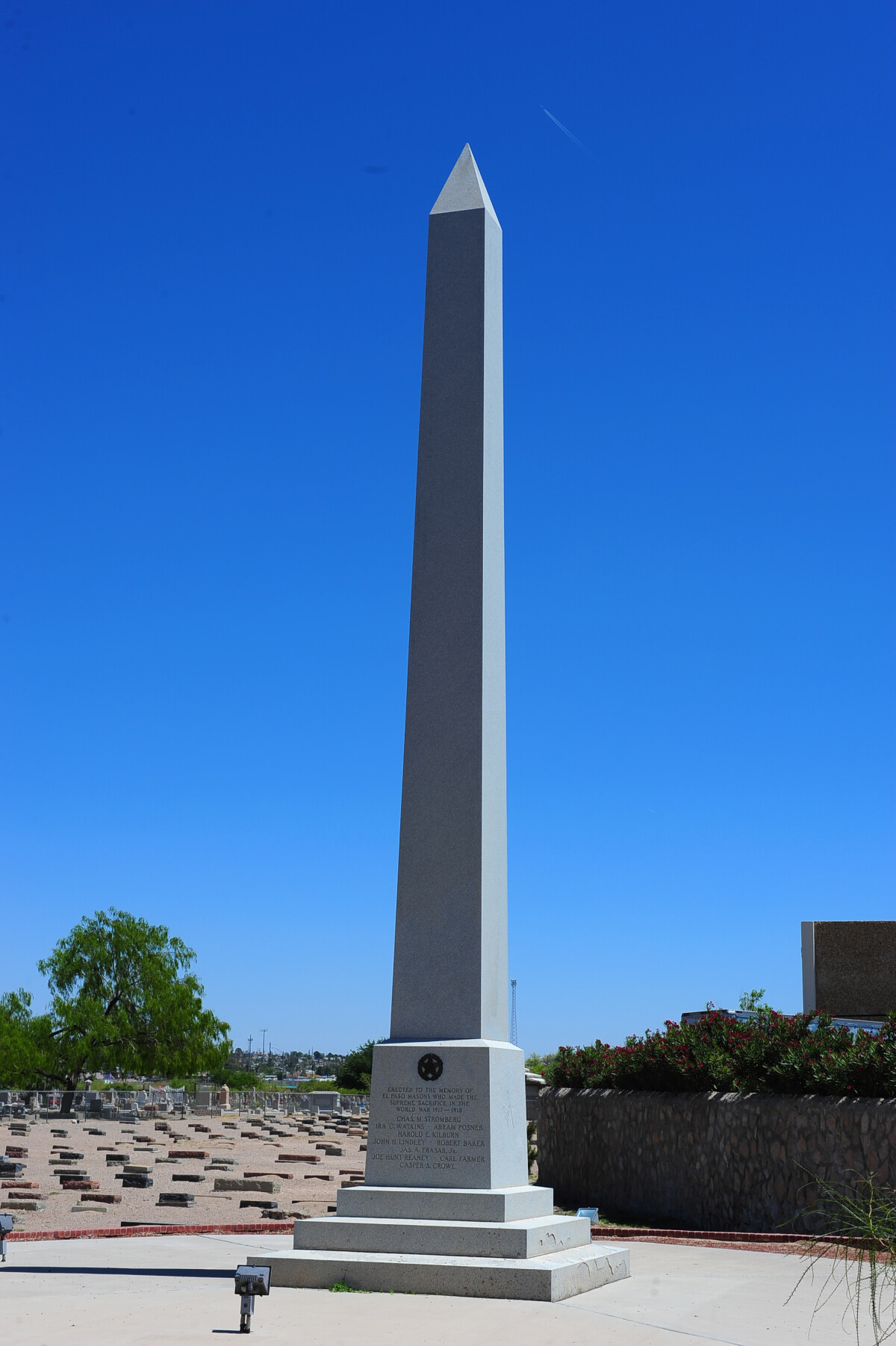
concordia cementery 5
Known as “El Rancho de la Concordia” during the 1840s, this area is only a few miles from the Mexican border and was the 900-acre property of Chihuahua trader Hugh Stephenson. The Archbishop of Durango later gave permission for the blessing of a private chapel on the land known as San José de la Concordia, the ruins of which remained until the 1930s. In 1856, with the death of Stephenson’s wife, Juana (Ascarate), the chapel’s burial grounds became the origins of Concordia Cemetery. The graveyard gained widespread use in the 1880s when El Pasoans drove three miles to Concordia to bury their dead. By 1890 various sections had been purchased by different groups and were designated Catholic, Masonic, Jewish, Black, Military, Jesuit, city, and county. The Concordia Cemetery is also home to a large Chinese population, many of whom were born in the 1800s. They’re the men who built the intercontinental railroad. Their families are here as well. Chinese Grave In Concordia Cemetary When the Chinese Exclusion Act made it difficult for more immigrants to come to thiscountry in the 1870s, many Chinese and Japanese men ended up marrying Mexican women. There are plenty of gravestones here with names like Manuel Cheng, who was born in the late 1800s. A popular restaurant in the area, run by descendants of another such family, has the name Paco Wong’s. http://oldgraveyards.com/concordia-cemetery-in-el-paso-texas/
Report this entry
More from the same community-collection
UTEP Women's Basketball - El Paso, Texas
UTEP Women's Basketball, March 1, 2015. Game against Southern ...
